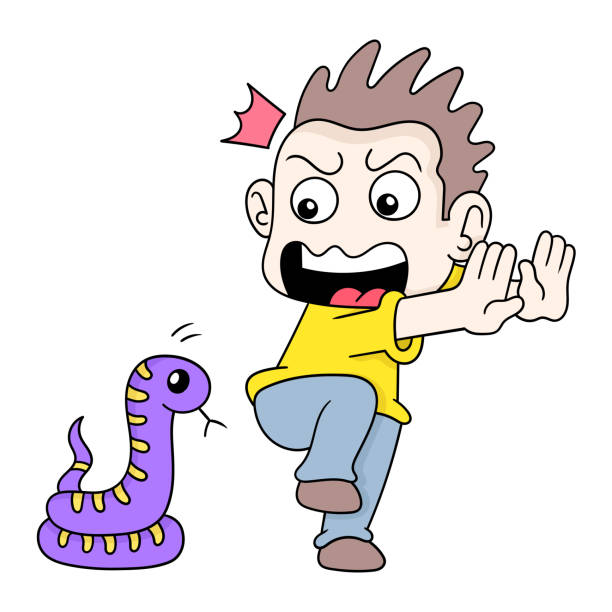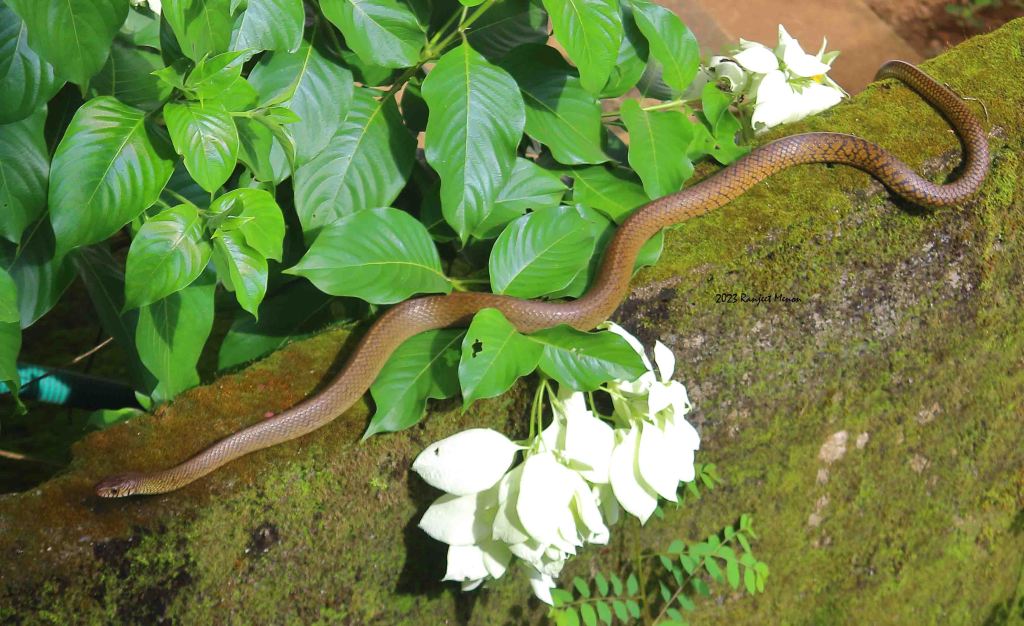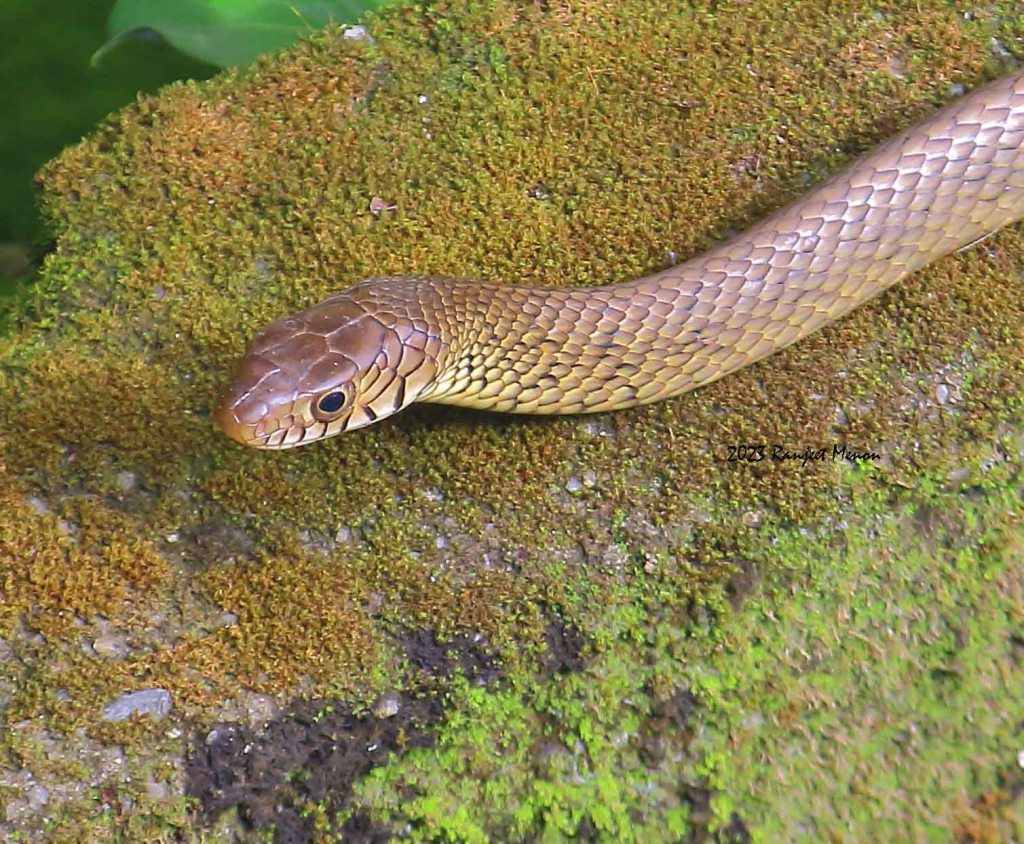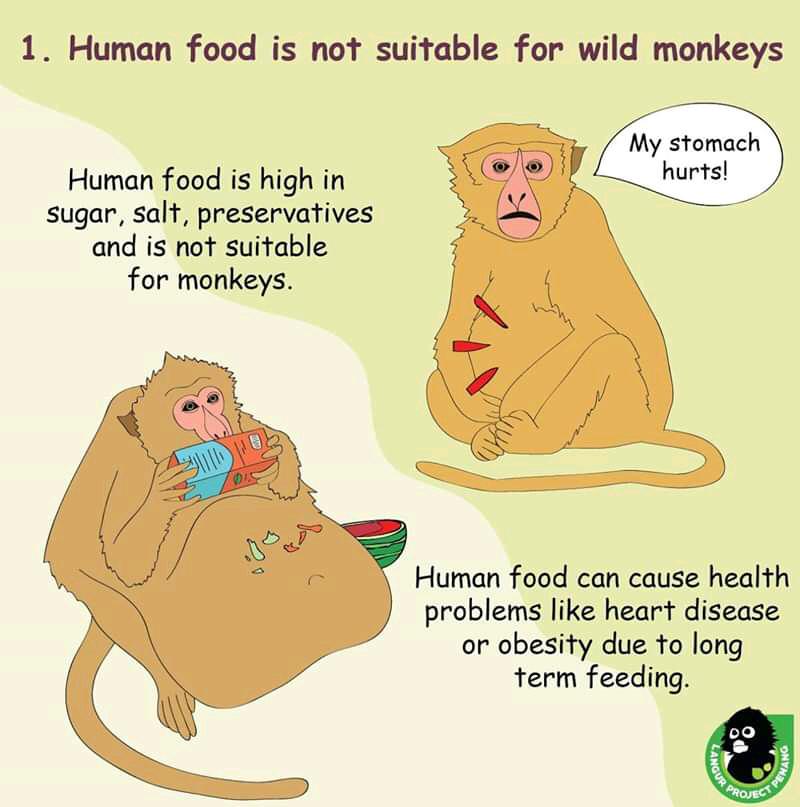Why are we scared of animals?
September 20, 2023 Leave a comment

This rat snake scaled the neighbor’s wall and lay there long enough for me to do its photoshoot.


When I sent these photos to my contacts on Whatsapp, majority of them sent me gawking emojis in fear. So why do we fear snakes?
Animals attack other animals primarily for food, protecting their offspring, self protection and in rare cases rescuing a fellow animal from its attacker(s). Snakes do not prey on humans so they will never attack us unless for self protection and protecting their eggs. Snakes live in human settlements for two reasons – to prey on mice and for dark and cold areas inside and around our houses to lower their body heat and digest their food. We should be more wary of urban cats and dogs than snakes because they can chase and bite us. Wild cats like tigers and leopards prey on us but attack us only if they are able to drag our body away from the spot because the smell of fresh blood and meat attract other carnivores. Lions hunt as pride which is why they do not show this behavior.
But there is an oddity in us that is not in animals – fear. In nature there is no emotion called fear. Animals running away from their predators is not in fear as we commonly believe. They run to save themselves and their only purpose is reproduction. Nature imposes population control so to stay as dominant species animals need to reproduce as many as they can. We are the only beings on the planet that live in fear of its own kind. We have created the emotion of fear in animals by encroaching and destroying their habitat and hunting them for the purpose of hurting them. Cows graze on wetlands which are snake infested but snakes rarely bite them and move away from them. Snakes bite us in self protection because we tend to kill them at every possible opportunity. Snakes have poor eyesight so they rely on smell and instincts to determine what is prey and what is a threat. Similar is the case with urban street dogs. Through smell and instincts they understand the ones among us who are hurtful to animals.
I was afraid of snakes for a long time because I was taught to be scared of them. Many snakes simply crawl away or warn us in different ways when we get close to them. Some don’t but they stay far away from human areas. We get into conflict with animals when we think we are entitled to walk anywhere and do anything we want. The planet belongs to all living beings and are entitled to live out their lifetimes if they survive in nature.
























































